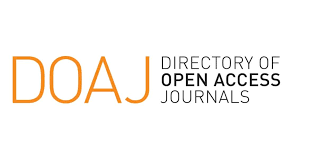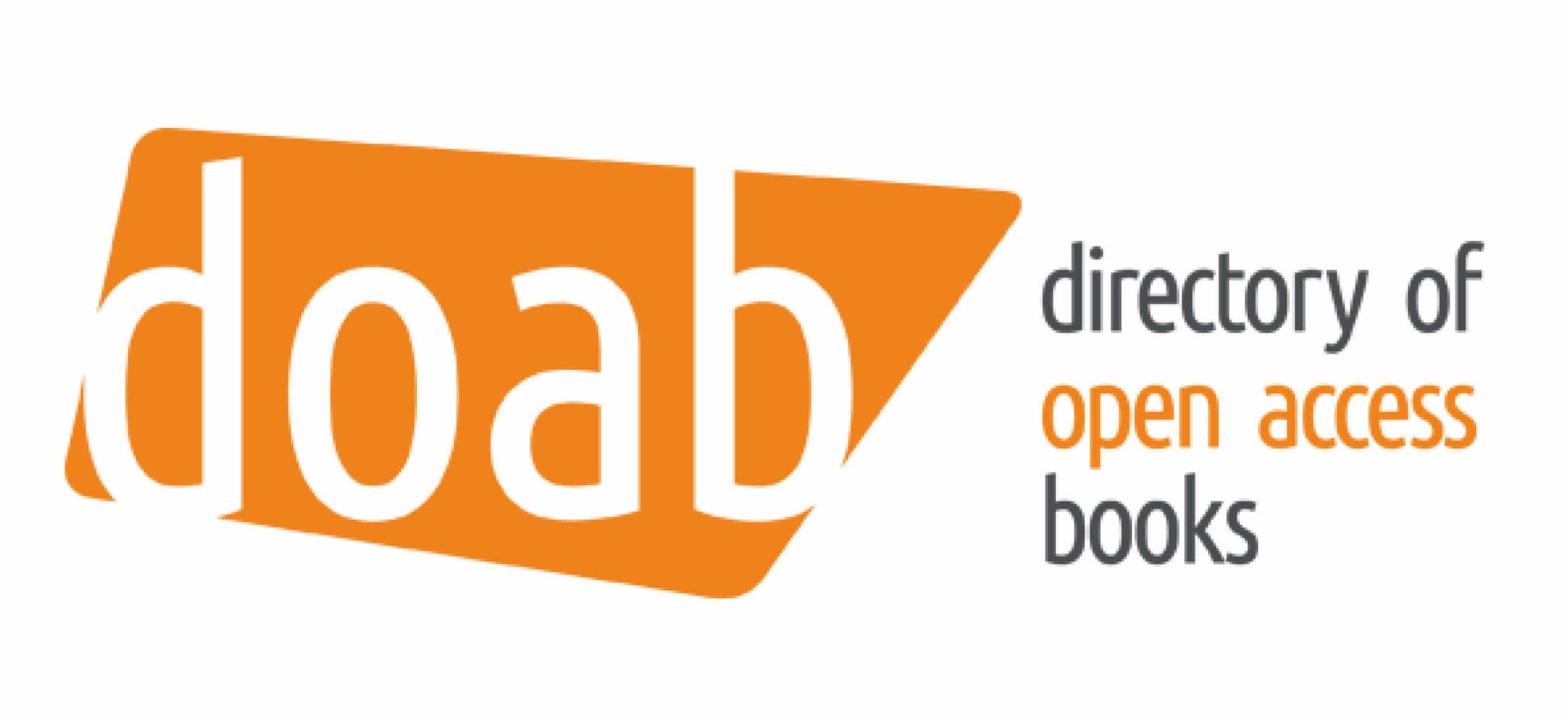Open access to scientific publications is one of the main fields of open science. Granting open access to scientific publications makes scientific results immediately available and accessible to everyone.
In academic publishing, the number of publishing houses that have adopted an open access business model is growing. In order to publish in a commercial open access journal, the researcher or funding institution must pay the article processing charge (APC). In open access publishing houses such as: BioMed Central, F1000 Research, Frontiers, Hindawi, MDPI, PeerJ, article preparation charge can vary considerably. The mean value of this charge is 1,500 EUR.
More and more major publishers of traditional subscription-based scholarly journals (e.g. Springer, Elsevier, Wiley, Taylor & Francis group, Nature Publishing, SAGE, Oxford University Press) are also publishing exclusive open access journals.
 |
DOAJ is one of the most famous and widely used open access journal catalogues, where high-quality peer-reviewed journals are listed. The development of the DOAJ catalogue has been going on since 2003 and is considered one of the most successful open access initiatives. More than 15,000 journals are currently registered in the DOAJ catalogue. The publications included in this catalogue are more visible and easier to find, and are perceived by the participants of the scholarly communication process as trustworthy Open Access publications that meet high publishing standards. |
 |
Directory of Open Access Books contains more than 29,000 peer-reviewed books. These books can be read and shared free of charge. |
Predatory journals use the open access model to profit from researchers, often with non-peer-reviewed journals.
How to identify a predatory journal:
Trusted open access journals are included in the Directory of Open Access Journals (DOAJ). Check if the journal in which you intend to publish your results is reliable.
Most academic institutions that support open access principles archive scholarly publications in open access institutional repositories. The Green Open Access route, also known as self-archiving is applied for scientific publications that are archived by uploading them to an institutional repository. Most Lithuanian universities or institutes archive researchers’ publications in open access institutional repositories.
 |
Lithuanian Academic Electronic Library eLABa is the national open access repository of the Ministry of Education and Science, and Lithuanian academic institutions. The eLABa consortium includes 49 institutions (universities, institutes and research centres). |
| To have your publications stored in an institutional repository, you can contact your institution’s repository coordinator or upload a publication to the repository yourself. |
| Many publishers allow self-archiving. Authors of articles have an opportunity to archive their publications in an institutional repository. Sometimes the publication can be published immediately, and in some cases an embargo period is applied. Some publishers do not allow the publication to be made public in a repository. In this case, you can contact the publisher and sign an individual contract. The regulations of your university or institution can also be a strong argument here. It is recommended to check in advance what copyrights are provided to the author before publishing in a specific journal. In the SherpaRomeo website, you can check publisher’s provisions on self-archiving. |